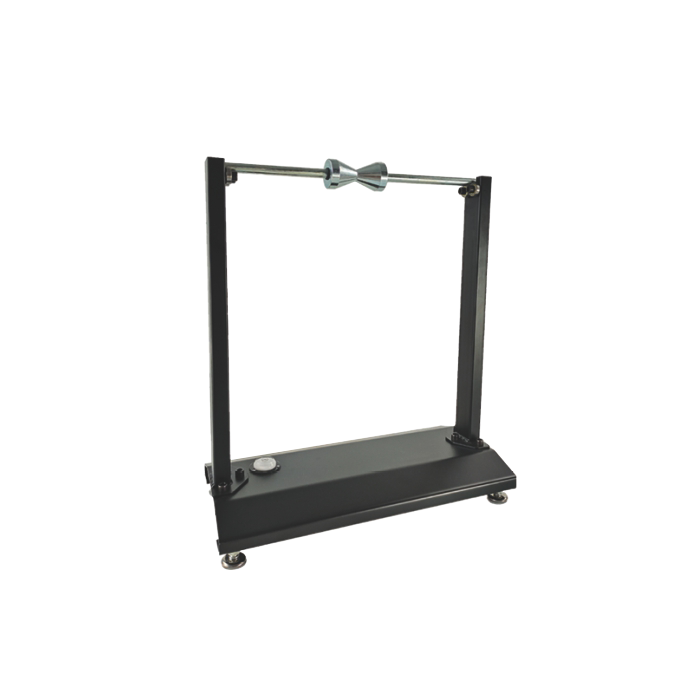The Importance of Proper Motorcycle Support
Understanding Balance Stands
Balance stands, also known as paddock stands or rear stands, are essential tools for motorcycle maintenance and storage. These sturdy supports elevate the rear wheel, allowing for chain maintenance, tire changes, and other crucial tasks. Unlike traditional side stands, balance stands provide a more stable platform, distributing the motorcycle's weight evenly and reducing the risk of tipping.
Safety First: Why Proper Securing Matters
Properly securing your motorcycle on a motorcycle balance stand is not just about convenience; it's a matter of safety. An improperly supported bike can lead to catastrophic consequences, including damage to the vehicle and potential injury to the rider or mechanic. By mastering the art of secure placement, you safeguard both your investment and your well-being.
Types of Balance Stands
There are various types of balance stands available, each designed for specific motorcycle models and purposes. Some common varieties include single-sided swingarm stands, double-sided stands, and front wheel stands. Understanding the nuances of each type ensures you select the most appropriate support for your bike, enhancing both safety and functionality during maintenance sessions.
Step-by-Step Guide to Securing Your Motorcycle
Preparation: Setting the Stage
Before attempting to mount your motorcycle on a balance stand, thorough preparation is key. Begin by clearing your work area of any obstacles or debris. Ensure you have a flat, level surface to work on – uneven ground can compromise the stand's stability. If working indoors, adequate lighting is crucial for visibility and safety. Additionally, gather any necessary tools or accessories you might need during the process, such as wheel chocks or straps.
Lifting Technique: The Core of Safe Mounting
The actual process of lifting your motorcycle onto the motorcycle balance stand requires careful technique and attention to detail. Start by positioning the stand near the rear axle or swingarm spools, depending on your motorcycle's design. With a firm grip on the stand, lift it into place, ensuring it makes solid contact with the designated lifting points. As you raise the bike, maintain a steady, controlled motion to prevent any sudden shifts in weight. Some riders find it helpful to have an assistant steady the front of the motorcycle during this process.
Securing and Stabilizing
Once your motorcycle is elevated on the balance stand, the work isn't over. Proper securing and stabilization are crucial for long-term safety. Engage any locking mechanisms on the stand to prevent accidental lowering. If your stand features adjustable arms or supports, fine-tune these to ensure optimal contact and weight distribution. For added security, consider using wheel chocks on the front wheel to prevent forward or backward movement. Some riders also employ soft straps or bungee cords for additional stability, though care must be taken not to overtighten and damage the bike's components.
Advanced Tips and Troubleshooting
Customizing Your Setup
While basic balance stand usage is straightforward, experienced riders often develop personalized techniques to enhance their maintenance setup. Some opt for specialized adapters that allow for quick and easy mounting, particularly useful for track day preparations. Others invest in high-quality, adjustable stands that can accommodate multiple motorcycle models, providing versatility for those with diverse collections. Experimenting with different configurations and accessories can lead to a more efficient and secure maintenance routine.
Common Pitfalls and How to Avoid Them
Even seasoned mechanics can encounter challenges when securing motorcycles on a motorcycle balance stand. One frequent issue is improper weight distribution, which can cause the bike to lean or feel unstable. To combat this, always double-check the stand's positioning and ensure it's making full contact with the designated lifting points. Another potential problem is stand slippage on smooth surfaces. Using rubber mats or textured pads under the stand's feet can provide additional grip and stability. Additionally, be wary of overloading the stand – always adhere to the manufacturer's weight limits to prevent catastrophic failure.
Maintenance of Your Balance Stand
A often-overlooked aspect of motorcycle maintenance is the care of the tools themselves. Regular inspection and maintenance of your balance stand can significantly extend its lifespan and ensure consistent performance. Check for any signs of wear, such as bent components or worn rubber feet. Lubricate moving parts periodically to keep the mechanism smooth and responsive. For stands with hydraulic or pneumatic systems, monitor fluid levels and replace seals as needed. By treating your balance stand with the same care you give your motorcycle, you ensure a safe and reliable support system for years to come.
Conclusion
Mastering the art of securing a motorcycle on a motorcycle balance stand is an essential skill for any rider or mechanic. By following the steps outlined in this guide and remaining vigilant about safety, you can create a stable platform for maintenance, repairs, and storage. Remember that each motorcycle model may have specific requirements, so always consult your owner's manual for detailed instructions. With practice and attention to detail, you'll develop the confidence to handle your bike safely and efficiently, ensuring many miles of trouble-free riding.
Contact Us
For more information about high-quality motorcycle stands and maintenance tools, contact RUNVA ENTERPRISES LIMITED at info@runva.com.cn. Our expert team is ready to assist you in finding the perfect solution for your motorcycle support needs.

_1737625693698.webp)


